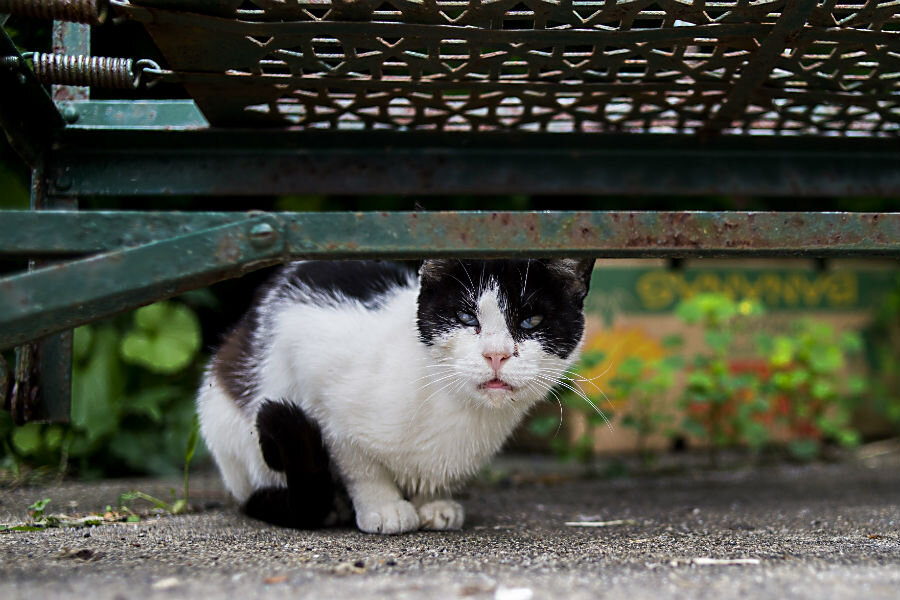Australia writes to Brigitte Bardot in defense of killing feral cats
Loading...
In open letters to French actress Brigitte Bardot and The Smiths singer Morrissey, Australia's commissioner for threatened animals defended the country’s plan to kill more than two million feral cats.
Announced in July, the country’s proposal to eliminate about 10 percent of its overall feral cat population is an effort to protect a multitude of threatened and endangered species. Gregory Andrews, Australia’s threatened species commissioner, says these smaller animals fall prey to the cats, and that the latter are responsible for the extinction of nearly 30 Australian mammal species in the past two centuries.
Accounting for 35 percent of total modern mammal extinction, this rate is the highest in the world.
“The lesser bilby, desert bandicoot, crescent nailtail wallaby and large-eared hopping-mouse are just some of the unique Australian species that the world has lost forever due to feral cats,” Andrews writes to Ms. Bardot and Mr. Morrissey. “These were delightful creatures, rich in importance in Australian Indigenous culture, and formerly playing important roles in the ecology of our country.”
The Australian Department of the Environment cites cats as the biggest threat to native small mammals, birds, and lizards. According to Andrews, Australia’s 20 million cats each kill five animals on average every day. This adds up to about 20 billion creatures killed by cats every year.
“The scientific evidence is very clear: By controlling feral cats, we reduce harm caused to Australian animals and the risk of their extinction,” Andrews writes. “Tackling feral cats humanely and effectively is thus the highest priority of protecting Australian wildlife, particularly our mammals.”
Australia’s $6-million plan is to shoot, trap, and poison feral cats. While some conservationists applaud it as a proactive method of restoring the continent’s wildlife, others are aghast by its grisly means.
Ms. Bardot is one of the most vocal opponents to the culling plan, calling it cruel and useless.
“This animal genocide is inhumane and ridiculous. In addition to being cruel, killing these cats is absolutely useless since the rest of them will keep breeding,” the actress wrote in July. “Your country is sullied by the blood of millions of innocent animals so please, don’t add cats to this morbid record.”
In his reply to Bardot, Andrews says many conservation NGOs are in support of Australia’s tactics, including the World Wildlife Fund and the Nature Conservancy. Neither organization was able to confirm its approval to The Christian Science Monitor at the time of publication.
Andrews explains that proposed alternatives, such as sterilizing the cats, are not efficient enough.
“Trapping, neutering and releasing 20 million cats would not be justifiable in terms of cost,” Andrews tells Guardian Australia. “Also, we’d be releasing a predator that will kill five animals a day for the rest of its life. It’s not justifiable. We can’t accept feral cats as part of the Australian ecology because if we do then we accept the extinction of bilbies, bandicoots and numbats.






